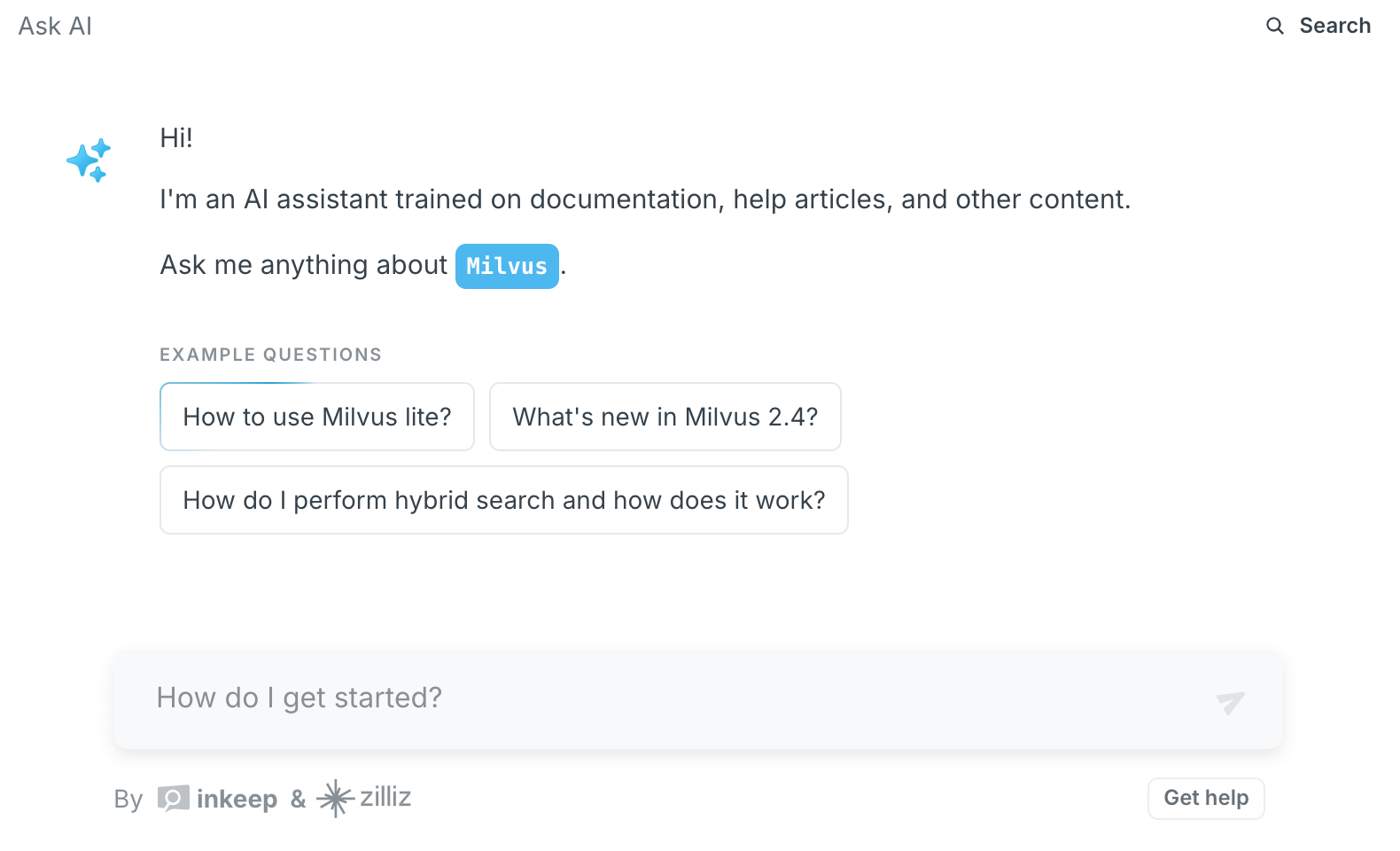The two primary methods for integrating retrieval with an LLM are prompting a frozen model with external data and fine-tuning the model on a specialized corpus. Each approach has distinct advantages depending on the use case, resource availability, and desired outcomes. Here’s a breakdown of how they work and where they excel.
Prompting a frozen model involves injecting external information directly into the input prompt without modifying the model’s weights. For example, a developer might retrieve relevant documents from a database, append them to the user’s query, and let the LLM generate a response based on the combined input. This method is lightweight and flexible, as it requires no additional training. It’s ideal for scenarios where data changes frequently (e.g., news summaries or real-time customer support), since updating the external knowledge source is straightforward. Developers also avoid the computational costs of retraining, making this approach accessible for teams with limited infrastructure. However, it’s constrained by the model’s context window length, which limits how much external data can be included in a single prompt.
Fine-tuning the model adapts the LLM’s parameters to a specific domain by training it on a curated dataset. For instance, a legal tech company might fine-tune an LLM on court rulings and contracts to improve its understanding of legal jargon. This approach allows the model to deeply internalize patterns in the target domain, leading to more accurate and context-aware outputs. Unlike prompting, fine-tuned models don’t rely on injecting external data at inference time, which avoids context window limitations and reduces latency. However, fine-tuning demands significant computational resources, high-quality training data, and ongoing maintenance if the domain evolves. It’s best suited for static or niche domains (e.g., medical diagnostics or technical documentation) where long-term accuracy outweighs upfront costs.
The choice between these methods hinges on trade-offs. Prompting is cost-effective and adaptable for dynamic data but struggles with complex queries requiring deep domain knowledge. Fine-tuning offers precision and efficiency for specialized tasks but requires upfront investment. Developers should prioritize prompting when agility and low overhead matter, and opt for fine-tuning when domain expertise and performance are critical.
